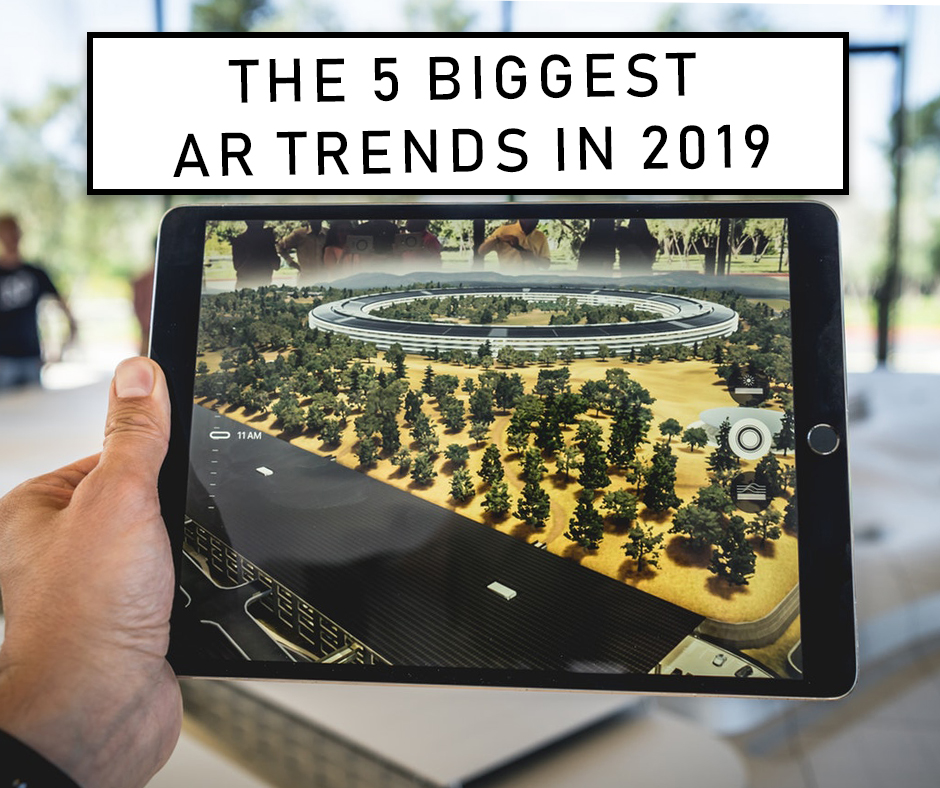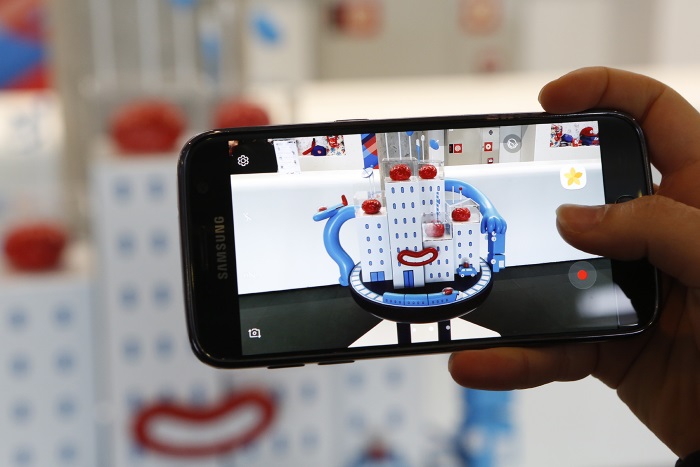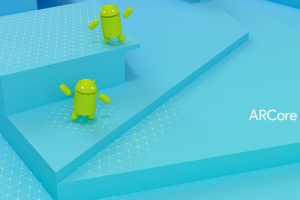The 5 Biggest AR Trends In 2019
Augmented Reality has become a massive part of our everyday lives, from playing games such as Pokémon Go to interacting on social media with Instagram and Snapchat filters. In this blog we’ll look to the future and discuss the biggest trends in 2019 in the augmented reality space. Mobile AR The mobile AR market is large and will continue to expand in 2019. The fact that hundreds of millions of people own a smartphone of some kind means that there are hundreds of millions of people already with AR ready devices.






